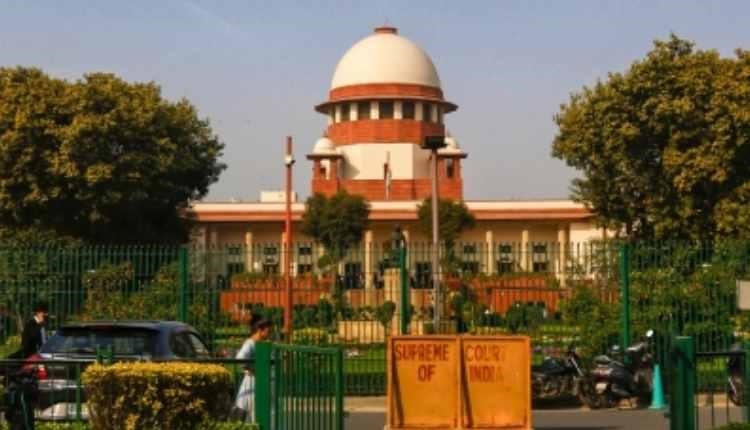Supreme Court Eases Ad-Hoc Judge Appointment Rules
Why in the news?
The Supreme Court allowed High Courts to appoint retired judges on an ad-hoc basis to hear criminal appeals, addressing the backlog of 62 lakh cases and relaxing conditions previously set in the 2021 Lok Prahari judgment.
Key Decision by the Supreme Court:
- On January 30, the Supreme Court allowed High Courts to appoint retired judges on an ad-hoc basis, limited to hearing criminal appeals alongside a sitting judge.
- A Bench led by CJI Sanjiv Khanna, with Justices R. Gavai and Surya Kant, relaxed the rule set in the Lok Prahari judgment (2021), which restricted such appointments to High Courts with over 20% judicial vacancies.
Appointment Procedure and Conditions
- As per Article 224-A of the Constitution, retired High Court judges can be appointed on an ad-hoc basis with the consent of the President and the judge.
- They hold similar jurisdiction and privileges as sitting judges.
- The Court identified triggers for appointing ad-hoc judges, including:
- High Court vacancies exceeding 20% of the sanctioned strength.
- Cases pending for more than five years.
- Over 10% of cases pending beyond five years.
- Low case disposal rates compared to filings.
- The number of ad-hoc judges cannot exceed 10% of the High Court’s sanctioned strength.
Significance and Past Instances
- The move addresses the backlog of 62 lakh pending cases, including 2 lakh criminal cases.
- Past instances of ad-hoc judicial appointments include Justice Suraj Bhan (1972) in Madhya Pradesh, Justice P. Venugopal (1982) in Madras, and Justice O.P. Srivastava (2007) in Allahabad.
- The Court’s latest decision aims to improve judicial efficiency and tackle growing case pendency effectively.




